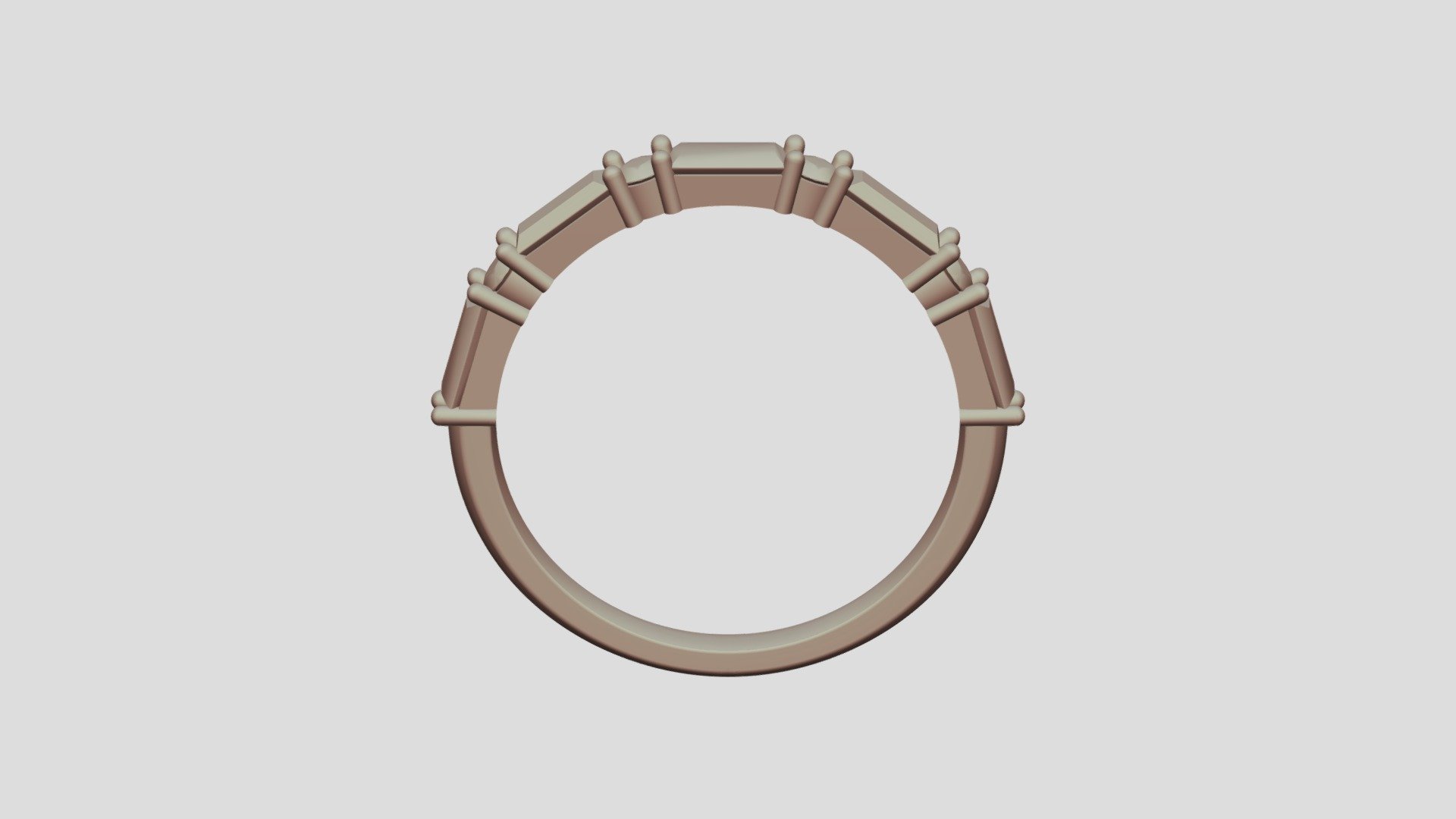
Post 1
sketchfab
The human body is a highly complex and intricate system that consists of numerous organs, tissues, and systems that work together to maintain overall health and well-being. The human brain, which is responsible for controlling the body's functions, is comprised of billions of neurons that communicate with one another through electrical impulses and chemical signals. This complex communication network enables humans to think, learn, move, and respond to their environment in a multitude of ways. The human heart, on the other hand, is a muscular organ that pumps blood throughout the body, supplying oxygen and nutrients to tissues and organs while removing waste products. The heart beats approximately 100,000 times per day, pumping over 2,000 gallons of blood through the circulatory system. This vital process allows humans to function properly and maintain their overall health. The human immune system is another essential component of the body that protects against infections and diseases by producing antibodies that neutralize foreign invaders. The immune system also responds to injury or illness by activating various mechanisms that promote healing and repair. In addition, the immune system plays a crucial role in maintaining overall health by preventing chronic diseases such as cancer and autoimmune disorders. The human nervous system is responsible for controlling voluntary movements, transmitting sensory information, and regulating various bodily functions such as heart rate, blood pressure, and digestion. The nervous system consists of two main parts: the central nervous system (CNS), which includes the brain and spinal cord, and the peripheral nervous system (PNS), which encompasses nerves that connect to muscles and glands throughout the body. The human skeletal system provides structural support, protection, and movement for the body by forming a framework of bones, cartilage, and ligaments. The skeletal system is made up of 206 bones that work together to enable humans to stand upright, walk, run, and engage in various physical activities. In addition, the skeletal system serves as a reservoir for minerals such as calcium and phosphorus, which are essential for maintaining strong bones and teeth. The human skin is the largest organ of the body, covering approximately 22 square feet (2 square meters) of surface area. The skin plays a crucial role in regulating body temperature, protecting against external damage, and aiding in the production of vitamin D through exposure to sunlight. In addition, the skin helps to maintain overall health by preventing dehydration, reducing inflammation, and promoting wound healing. The human digestive system is responsible for breaking down food into nutrients that can be absorbed and utilized by the body. The digestive system consists of the mouth, esophagus, stomach, small intestine, and large intestine, each playing a crucial role in the process of digestion. In addition, the digestive system helps to eliminate waste products from the body through the excretion of feces. The human respiratory system is responsible for bringing oxygen into the body and removing carbon dioxide through the process of breathing. The respiratory system consists of the lungs, trachea, bronchi, and diaphragm, each playing a crucial role in the process of respiration. In addition, the respiratory system helps to regulate body temperature, prevent infection, and maintain overall health. In conclusion, the human body is an intricate and complex system that consists of numerous organs, tissues, and systems that work together to maintain overall health and well-being. Each component plays a vital role in enabling humans to function properly and maintain their overall health.
With this file you will be able to print Post 1 with your 3D printer. Click on the button and save the file on your computer to work, edit or customize your design. You can also find more 3D designs for printers on Post 1.
